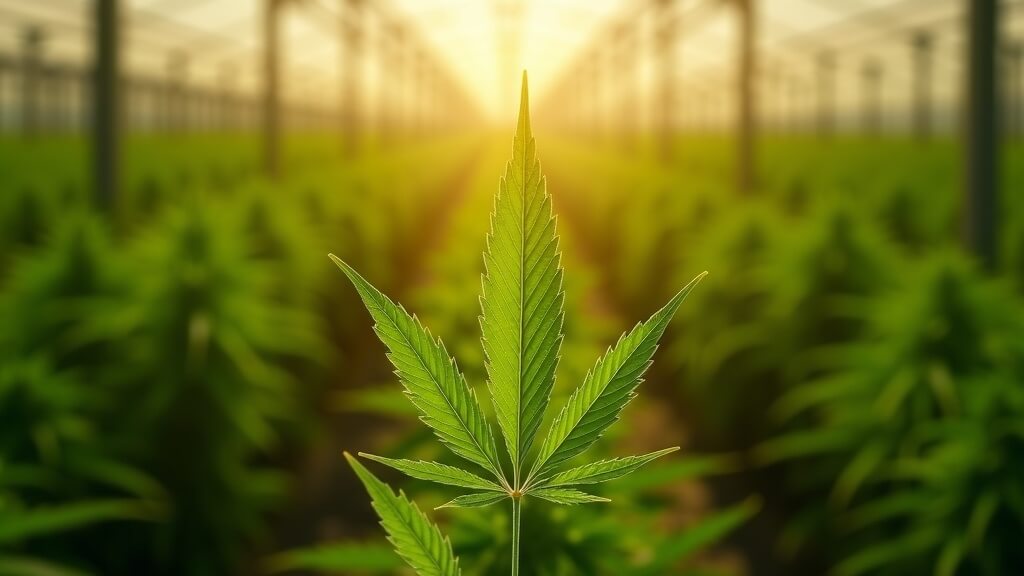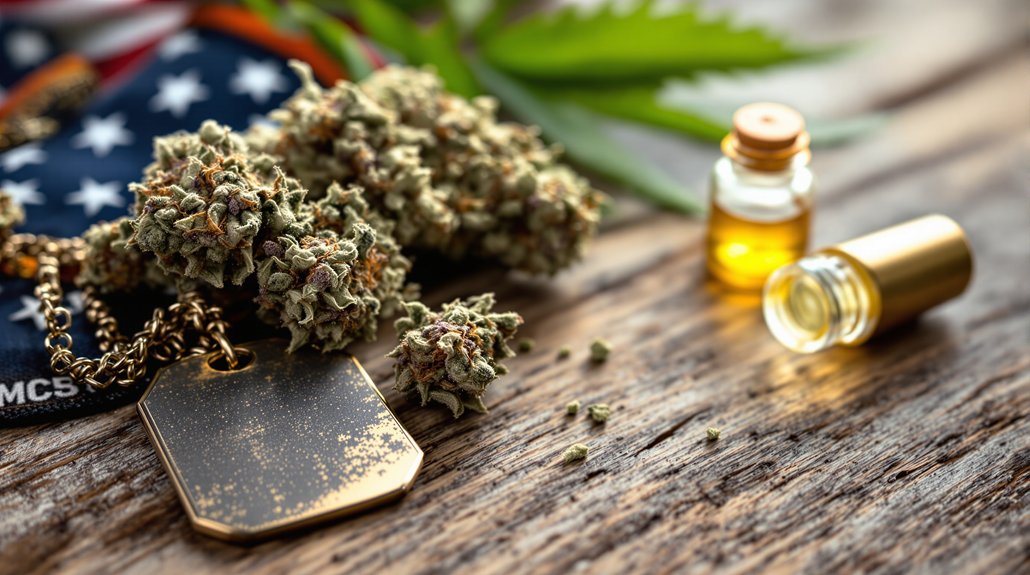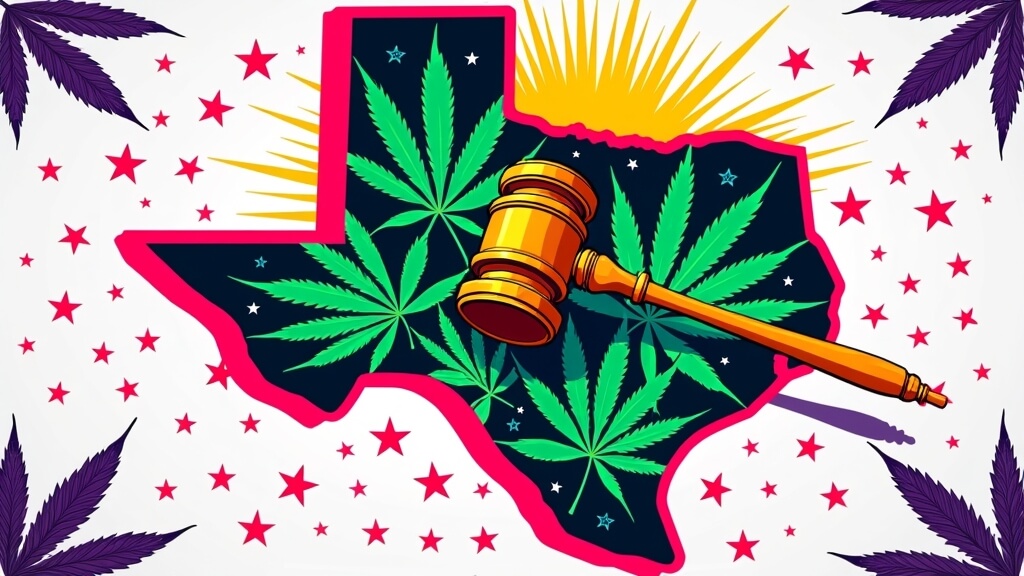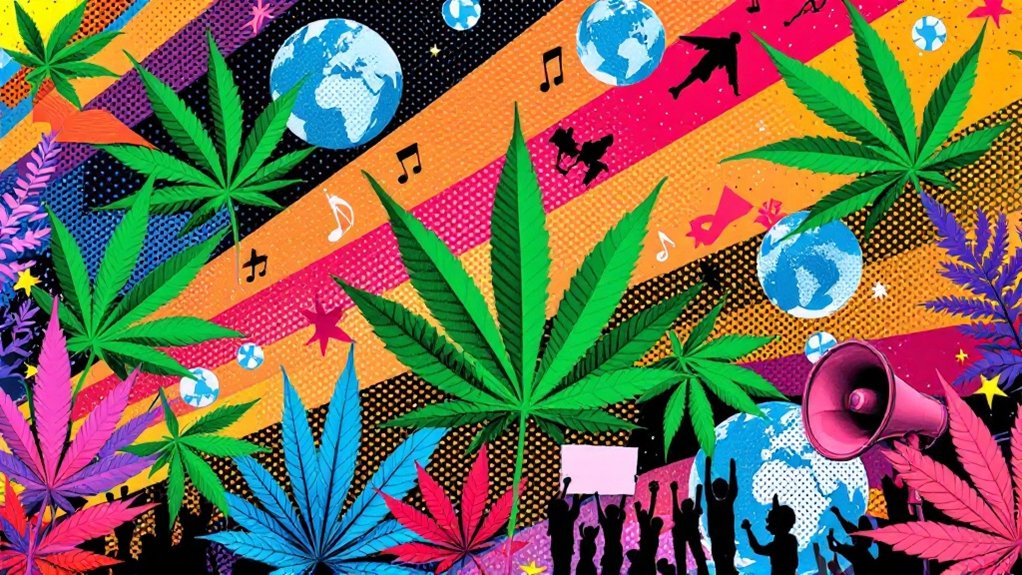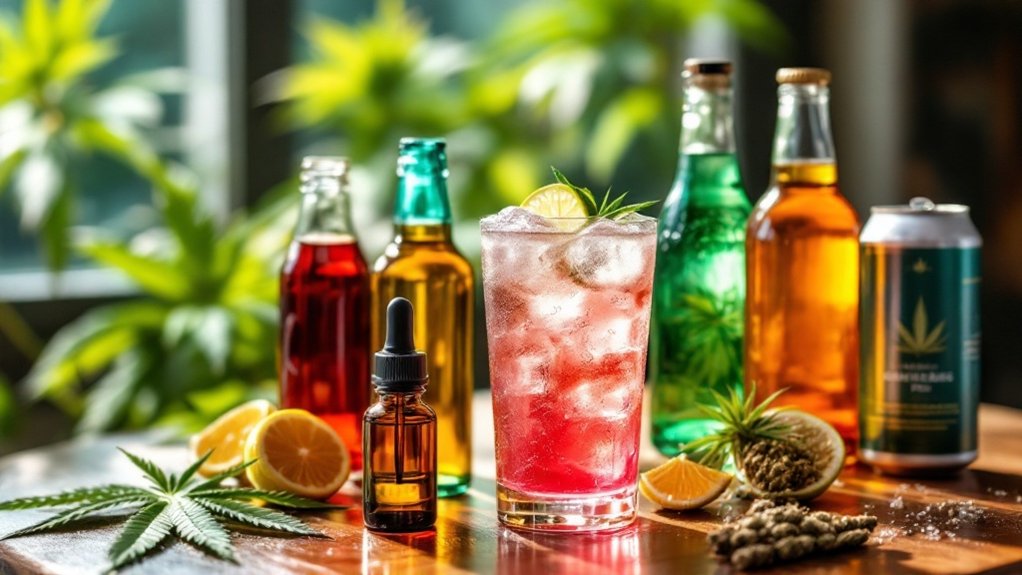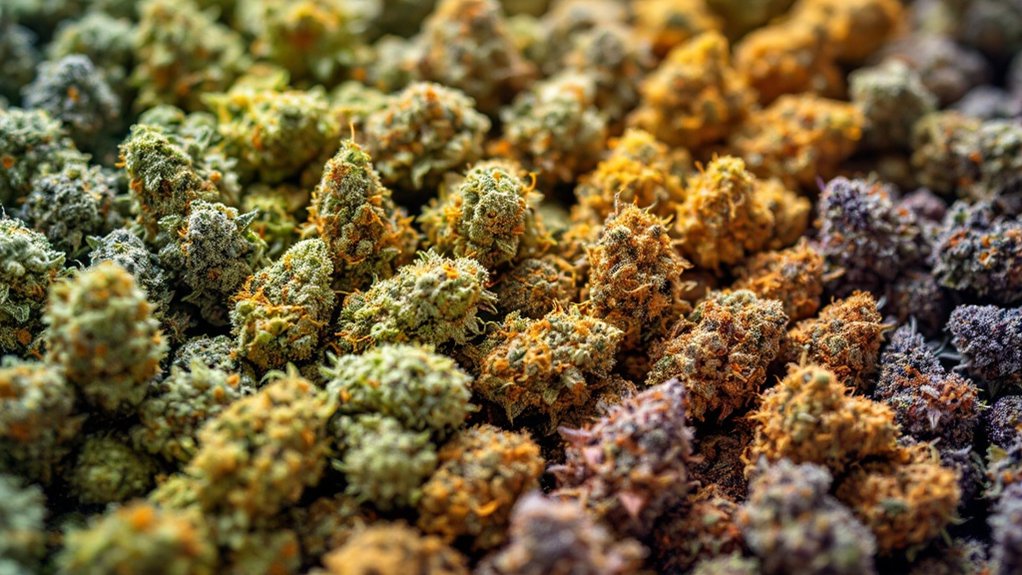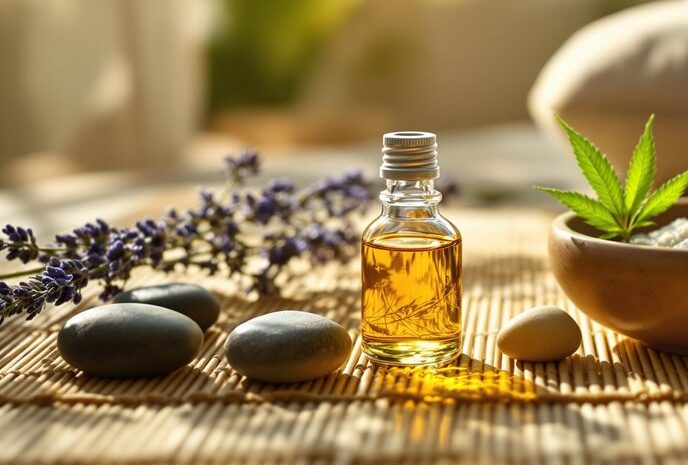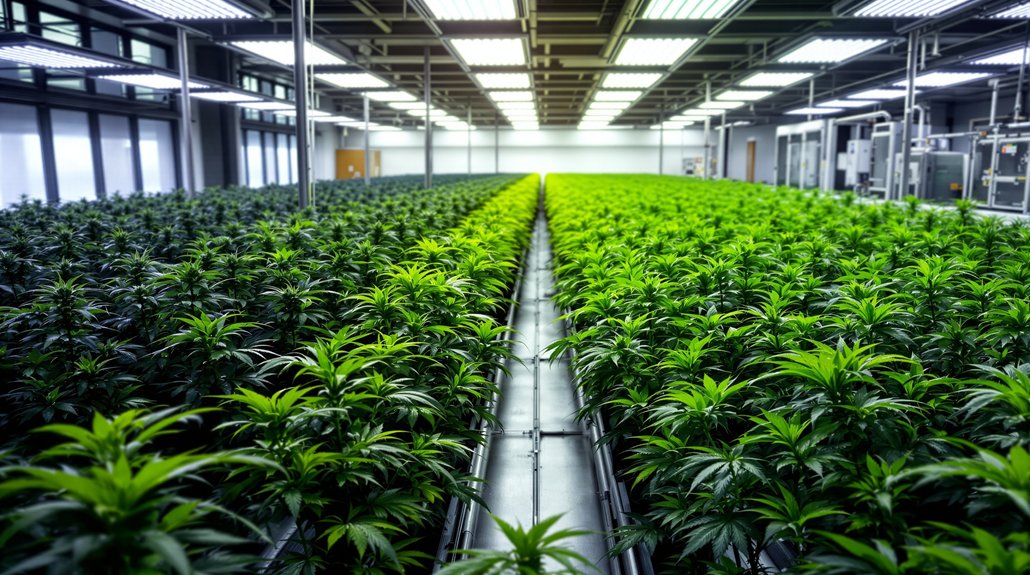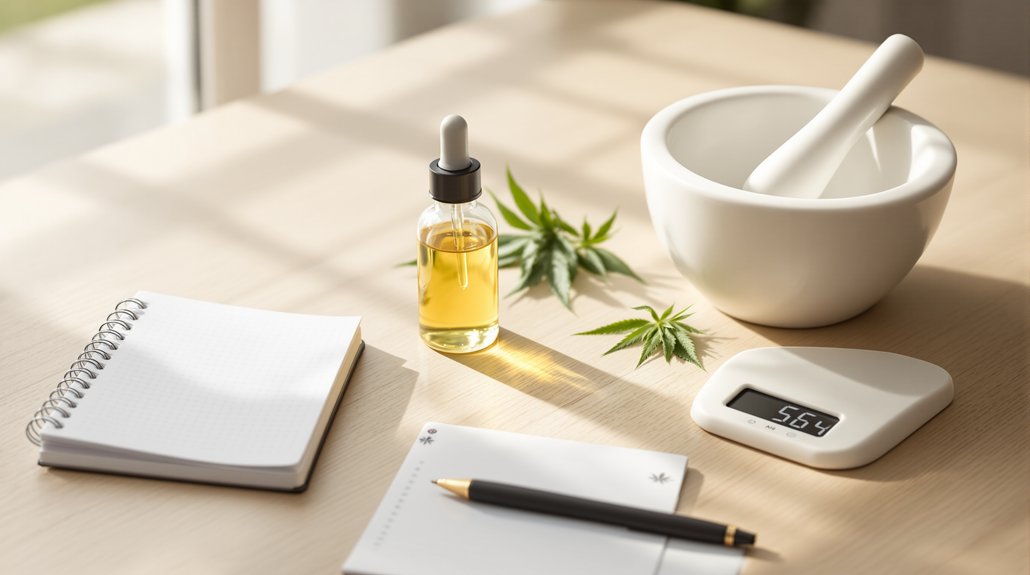How Weed Became the Ultimate Lifestyle Enhancer
Cannabis has officially shed its counterculture skin and emerged as the ultimate lifestyle accessory for the modern sophisticate.
Gone are the days when cannabis was confined to dorm rooms and underground circles. Today, it graces the tables of Michelin-starred restaurants, flows through the Instagram feeds of wellness influencers, and anchors the social rituals of professionals, parents, and tastemakers alike. With nearly 70% of Americans now supporting legalization, cannabis has completed one of the most dramatic cultural transformations in modern history, from taboo to absolutely essential.
This isn’t just about changing laws. It’s about a complete reimagining of what cannabis means in our daily lives. Where once there was stigma, there’s now sophistication. Where there were stereotypes, there’s now style. Cannabis culture in 2025 is engaged, mainstream cool, a multifaceted lifestyle force that influences how we eat, create, celebrate, and connect.
Pop Culture: From Stoner Stereotypes to Mainstream Chic
The evolution of cannabis culture reads like a masterclass in rebranding. The plant that once inspired Reefer Madness propaganda now commands the same cultural respect as craft cocktails and artisanal coffee. This transformation didn’t happen overnight—it’s been decades in the making, driven by a perfect storm of legalization, celebrity endorsement, and a generation that refuses to accept outdated stigma.
Pop culture led the charge. Modern television and film ditched the lazy stoner tropes for nuanced portrayals of functional, successful cannabis users. Think of the stressed executive who microdoses edibles, or friends sharing a joint after work, cannabis became relatable rather than rebellious. Celebrities like Seth Rogen, Gwyneth Paltrow, and Whoopi Goldberg didn’t just admit to using cannabis; they built brands around it, lending their cultural cache to the plant’s mainstream acceptance.
Visual aesthetics followed suit. The tie-dye and blacklight posters of yesteryear gave way to minimalist packaging, sleek dispensary designs, and Instagram-worthy consumption accessories. Cannabis brands began targeting the same consumers who shop at Sephora and Whole Foods, using clean lines, botanical illustrations, and wellness-forward messaging. The goal became clear: make cannabis feel aspirational, not alternative.
The result? Cannabis is now “pop” in pop culture, a familiar element in everyday narratives rather than a shocking revelation. When a sitcom character casually mentions their CBD routine or a cooking show features cannabis-infused segments, it signals complete cultural integration. Cannabis has become as normal as discussing your favorite wine varietal.
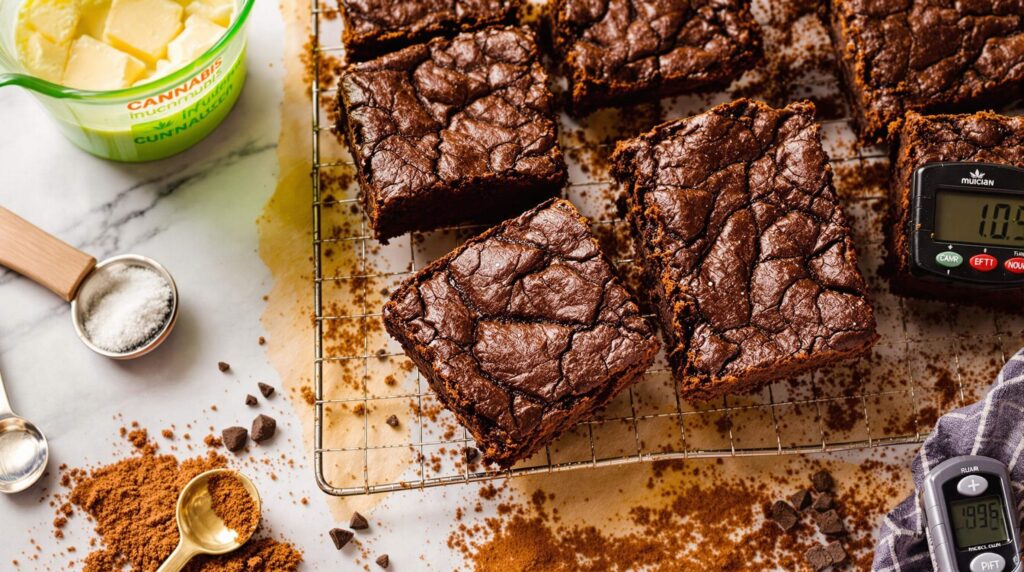
The Culinary Revolution: From Pot Brownies to Haute Cuisine
Perhaps nowhere is cannabis’s lifestyle evolution more apparent than in the kitchen. The days of mystery-strength brownies are long gone, replaced by a sophisticated culinary movement that treats cannabis as a legitimate gourmet ingredient.
High-end dining experiences now feature multi-course cannabis dinners where each dish is precisely dosed and paired with specific terpenes. Chicago’s Four Twenty Experience offers dishes like lobster ceviche and yogurt-marinated lamb, each thoughtfully infused with cannabinoids to enhance both flavor and mood. These aren’t stoner snacks, they’re haute cuisine where cannabis is the star ingredient.
Celebrity chefs collaborate with cannabis producers to source strains for their aromatic notes, much like choosing specific coffee beans or wine varietals. A chef might select a citrusy limonene-rich strain to complement a bright salad, or earthy, fennel-like notes for a dessert. Companies like Rose Los Angeles work with alumni of world-renowned restaurants to develop artisanal cannabis confections using seasonal produce and gourmet techniques.
Social rituals are evolving too. Cannabis dinner parties have become fashionable in legal states, complete with cannabis sommeliers guiding guests through tasting experiences. These gatherings often include educational components and emphasize community – bringing people together through shared sensory experiences that go far beyond simple intoxication.
The beverage revolution deserves special mention. Cannabis drinks are replacing alcohol for many social occasions, with one in three Millennial and Gen Z adults now choosing cannabis beverages over booze in after-work settings. The “California sober” movement, eschewing hard drugs and often alcohol in favor of cannabis has created an entire category of THC-infused craft beers, sparkling waters, and sophisticated mocktails.
Wellness Integration: Cannabis as Self-Care
The wellness industry’s embrace of cannabis represents one of the most significant shifts in how we understand the plant’s role in daily life. Cannabis has been reframed from recreational escape to intentional self-care tool.
Morning and evening routines now commonly include cannabis elements. A microdose of a high-CBD, low-THC strain like Harlequin for calm morning focus, followed by a few puffs of Purple Punch after dinner for relaxation. This mirrors how people use different teas or essential oils for various moods and times of day.
Yoga and spa experiences have integrated cannabis into wellness practices. “Ganja yoga” classes allow participants to take a puff of a calming strain before settling into their practice, while massage therapists offer cannabis-infused treatments using THC balms to reduce inflammation and enhance relaxation. These experiences emphasize mindful consumption using cannabis to deepen mind-body connection rather than escape from it.
Mental health and stress management have become key talking points in cannabis wellness. People openly discuss using specific strains for anxiety relief, sleep improvement, or creative enhancement. This clinical approach to cannabis use, treating it like any other wellness tool has helped destigmatize consumption among professionals and health-conscious consumers.
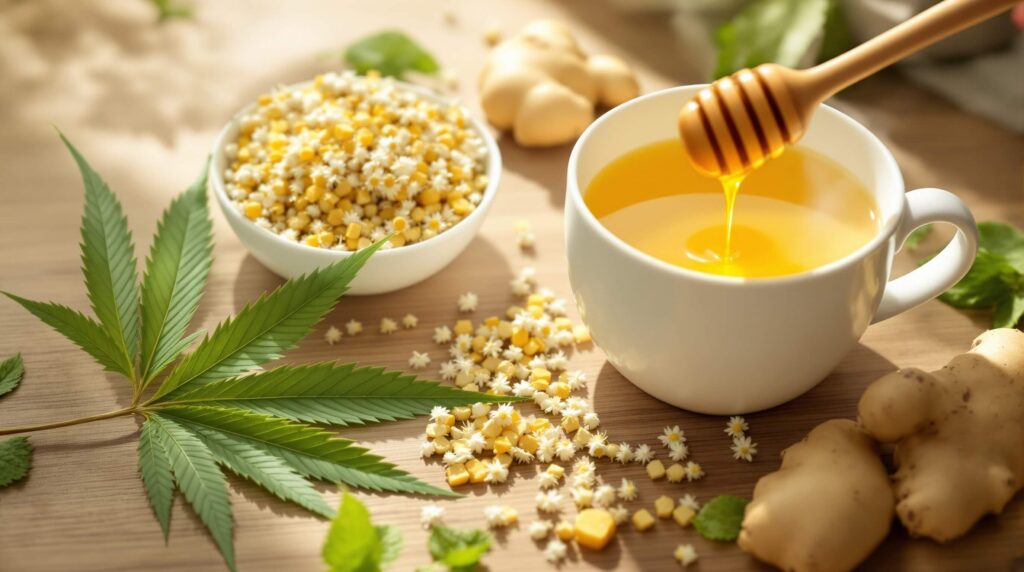
Style and Identity: Cannabis as Personal Expression
Cannabis culture has developed its own sophisticated aesthetic language, one that speaks to personal identity and lifestyle choices. This isn’t about flaunting rebellion, it’s about curated sophistication.
Fashion and design have embraced subtle cannabis motifs. Luxury designers incorporate tasteful weed iconography into runway pieces, while streetwear brands make cannabis leaf embroidery as fashionable as any other design element. Accessories like sleek vaporizers and artistic storage containers blur the line between paraphernalia and home decor.
Strain selection has become a form of personal expression. Enthusiasts curate their cannabis collections like wine cellars, with specific strains for different occasions, moods, and social situations. Someone might keep energizing Jack Herer for creative projects, relaxing Granddaddy Purple for movie nights, and social hybrid strains for dinner parties. This conscious curation reflects a sophisticated understanding of cannabis effects and personal preferences.
Regional identity plays a crucial role in cannabis style. A brand from Oakland might emphasize social justice and community empowerment, while one from Humboldt County trumpets legacy farming. Denver brands play up Rocky Mountain imagery and active lifestyles, while Los Angeles companies merge wellness trends with Hollywood glamour. Consumers often choose products that align with their values and desired lifestyle associations.
Community and Social Connection
Modern cannabis culture thrives on inclusive community building rather than exclusive counterculture gatekeeping. The movement has been enriched by diverse voices that ensure cannabis culture reflects the broad community of people who enjoy the plant.
Women entrepreneurs and consumers have reshaped cannabis branding and retail experiences. Brands like Miss Grass and Her Highness focus on elegance, approachability, and education, targeting women who want cannabis products that feel more like luxury wellness brands than head shop merchandise. Dispensaries now emphasize consultative service and safe, welcoming environments that appeal to all consumers.
LGBTQ+ and BIPOC voices bring essential perspectives and cultural contributions. The queer community’s historical role in cannabis advocacy, from AIDS activism to modern-day social equity programs continues to influence the culture’s values of resistance, pride, and community care. Black and brown communities have profoundly shaped cannabis through music, style, and entrepreneurial innovation, from reggae’s spiritual cannabis celebration to hip-hop’s cultural integration of strains like OG Kush.
Social equity programs in cities like Oakland acknowledge cannabis prohibition’s disproportionate impact on minority communities and work to ensure the legal industry’s benefits reach those previously harmed. This social justice component adds meaning and purpose to cannabis consumption for many users.
Digital Culture and Social Media
Cannabis culture thrives in digital spaces, where memes, education, and community intersect to create a constantly evolving conversation. Social media has transformed cannabis from a secret pleasure into a publicly shared lifestyle element.
Memes and viral content have done more to normalize cannabis than any PSA campaign. Relatable content about forgetting why you walked into a room or debating indica versus sativa creates shared experiences that humanize cannabis users. These lighthearted posts challenge stereotypes by showing vibrant online communities bonding over familiar experiences.
Influencers and content creators shape strain trends and consumption practices. Cannabis YouTubers, Instagram lifestyle accounts, and TikTok creators (working within platform restrictions) introduce new products, share consumption tips, and normalize cannabis as part of daily routines. Their authentic content reaches audiences that traditional advertising cannot.
Educational content proliferates across platforms, with users sharing information about terpenes, dosing, and strain effects. This democratization of cannabis knowledge helps consumers make informed choices and approach cannabis consumption more intentionally.

Tourism and Experience Economy
Cannabis tourism has exploded into a $23 billion industry, fundamentally changing how people plan vacations and leisure activities. Cannabis-friendly destinations now compete for visitors the same way wine regions attract oenophiles.
Destination experiences range from “bud and breakfasts” in the Colorado Rockies to luxury cannabis-friendly resorts. Travelers can book guided tours through cultivation farms, attend cannabis-infused cooking classes, or enjoy “strain flights” at upscale lounges. Cities like Las Vegas, Denver, and Amsterdam have built entire entertainment ecosystems around cannabis tourism.
International scenes continue expanding as legalization spreads globally. Thailand’s sudden legalization created thousands of dispensaries almost overnight, making Bangkok a premier Asian cannabis destination. Barcelona’s cannabis social clubs offer a sophisticated European alternative to Amsterdam’s coffeeshops, while Jamaica doubles down on its ganja heritage with cultural tours and beachside cannabis experiences.
Experience pairing represents the cutting edge of cannabis tourism. Imagine cannabis-friendly ski resorts where you can enjoy a vaporizer by the fireplace, or safari tours followed by cannabis relaxation sessions. These experiences integrate cannabis into broader lifestyle activities rather than making it the sole focus.
The Future of Cannabis Culture
As we look ahead, cannabis culture shows no signs of slowing its mainstream integration. Artificial intelligence will soon help consumers find perfect strain matches based on their genetics, preferences, and desired experiences. Sustainable cultivation practices will become standard as environmentally conscious consumers demand eco-friendly products. Personalized medicine approaches will make cannabis recommendations as precise as any other healthcare intervention.
Social consumption venues will proliferate as regulations catch up with demand. Cannabis lounges, restaurants with consumption areas, and event spaces will normalize public cannabis use in appropriate settings. Workplace policies will evolve to accommodate responsible cannabis use, just as they’ve adapted to other lifestyle choices.
Cultural integration will deepen as cannabis becomes as unremarkable as coffee or wine in social settings. The next generation will grow up with cannabis as a normal part of adult life, free from the stigma and stereotypes that previous generations had to overcome.
Cannabis culture in 2025 represents the successful mainstreaming of a once-marginalized plant. It’s a culture defined by sophistication over stereotypes, inclusion over exclusion, and intentionality over indulgence. For millions of Americans and people worldwide, cannabis isn’t a rebellion against mainstream culture, it is mainstream culture.
The transformation is complete: cannabis has evolved from counterculture symbol to lifestyle essential, embraced by professionals, parents, creatives, and anyone seeking to enhance their daily experiences with a touch of elevated sophistication. In a world where authenticity and personal wellness reign supreme, cannabis has found its perfect cultural moment.
Welcome to the new cannabis culture – sophisticated, inclusive, and here to stay.
